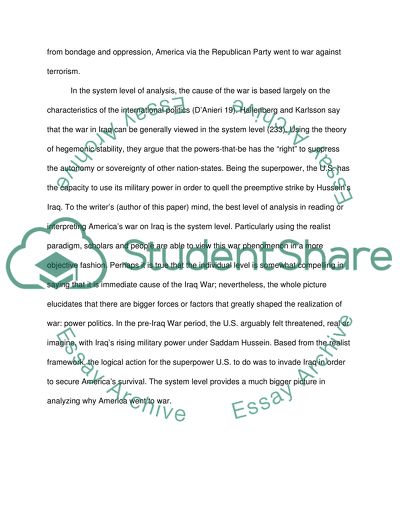Cite this document
(“Levels of Analysis, Realism, and Liberalism Essay”, n.d.)
Retrieved de https://studentshare.org/environmental-studies/1422877-international-relations
Retrieved de https://studentshare.org/environmental-studies/1422877-international-relations
(Levels of Analysis, Realism, and Liberalism Essay)
https://studentshare.org/environmental-studies/1422877-international-relations.
https://studentshare.org/environmental-studies/1422877-international-relations.
“Levels of Analysis, Realism, and Liberalism Essay”, n.d. https://studentshare.org/environmental-studies/1422877-international-relations.


